Today, when we search for the “book matching” or “pattern matching” technique in various sources and digital media, we come across the “scoutlosis” application used in Ancient Rome, where the mirror image of various marble or similar stones is taken according to their patterns. It is also possible to see the application of this technique on wood in stringed musical instruments such as violins, violas, etc. Today, applications made with this technique on stone are very popular, especially in bathrooms and kitchens with their aesthetic appearance. The remains of Ephesus hillside houses and some examples applied in buildings today show that this decoration technique has been continued for centuries. The use of natural stones in the interior and exterior facades and flooring of buildings dates back to ancient times. Marbles of different colors and textures were used as cladding and flooring to make the buildings look more magnificent. Marbles, especially in different directions and angles, with cutting techniques and symmetrically arranged side by side, created aesthetic appearances in buildings. Although in the early Roman period, marbles were applied in symmetrical order in some important buildings, the scoutlosis technique is a coating technique developed by Byzantine artists. This technique aroused great admiration at the time it was applied. In the literature of the Roman period, praise for the marbles decorating an architectural structure was regarded as “Topos” (patterns of thought and expression), a natural state of affairs (Chuvin, 2011). The poet Paulos Silentiarios (Pavlos the Chamberlain, d. 580-581), a high-ranking official of the Byzantine court, describes the technique of Eastern Roman origin called skoutlosis in lines 605-611 of his poem about Hagia Sophia as follows: “On the stone walls shine the masterpieces of painting. These are the marbles born from the Prokonnesos (Marmara Island) valley crowned by the sea. The juxtaposition of these delicately chiseled stones creates an effect similar to the traces of a brush. The veins of the stone, brought together with slabs cut four or eight times, form a decor, and the slabs that come together resemble the sparkle of a painting. What is important in this technique is not the random laying of marble, but the appropriate arrangement and application of the natural properties of the marble in the structure in accordance with the artist’s taste and aesthetic understanding. Therefore, applying this technique by utilizing the decorative properties of marble is an expensive process that requires great knowledge and labor. In a cladding made using this technique, the faces of the adjacent slabs facing each other are polished and placed in the place to be cladded. Therefore, the selection of the characteristics of the marble block in the quarry and the determination of the direction of cutting the block depends on the skill of the master.
At the same time, the thickness of the marble and the blocks with the same longitudinal veins that give the marble its character must be carefully selected; for these reasons, scoutlosis is a very costly technique. However, it also has its advantages: it provides speed and durability when large areas need to be covered (Chuvin, 2011). The scoutlosis technique was used extensively in Hagia Sophia, the largest temple of its period. In the interior of the monument, the floor and wall coverings were made of marble slabs and care was taken to place them in harmony with each other and in the most beautiful way in order to give these slabs an aesthetic appearance. All this décor has not only an aesthetic but also a symbolic value. The different regions from which the marbles decorating the building come from also reflect the extent of the empire’s power and resources (Chuvin, 2011).
Kaynakça: 624625 (dergipark.org.tr)
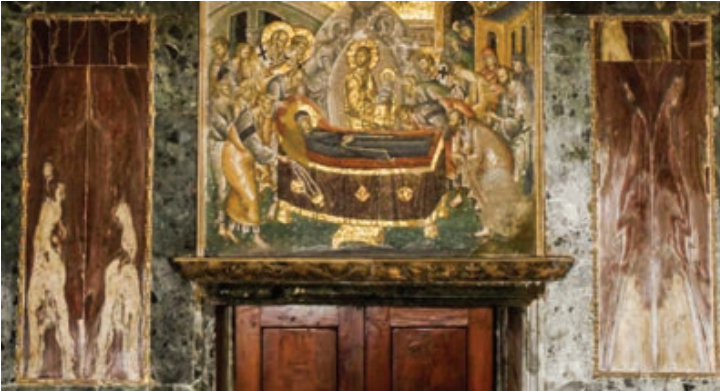
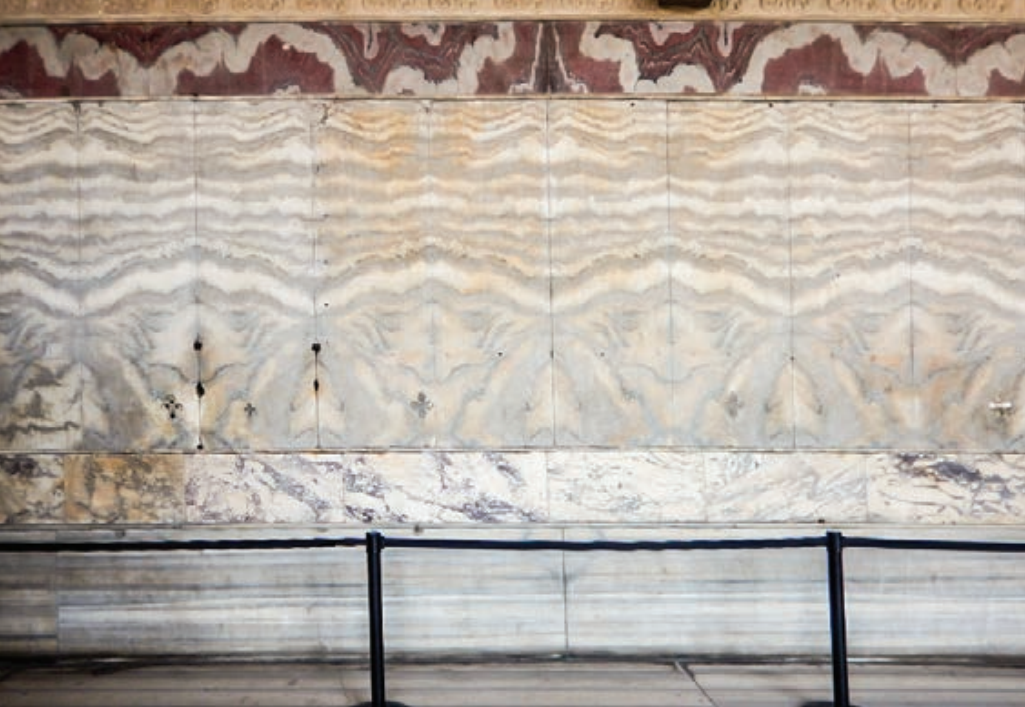

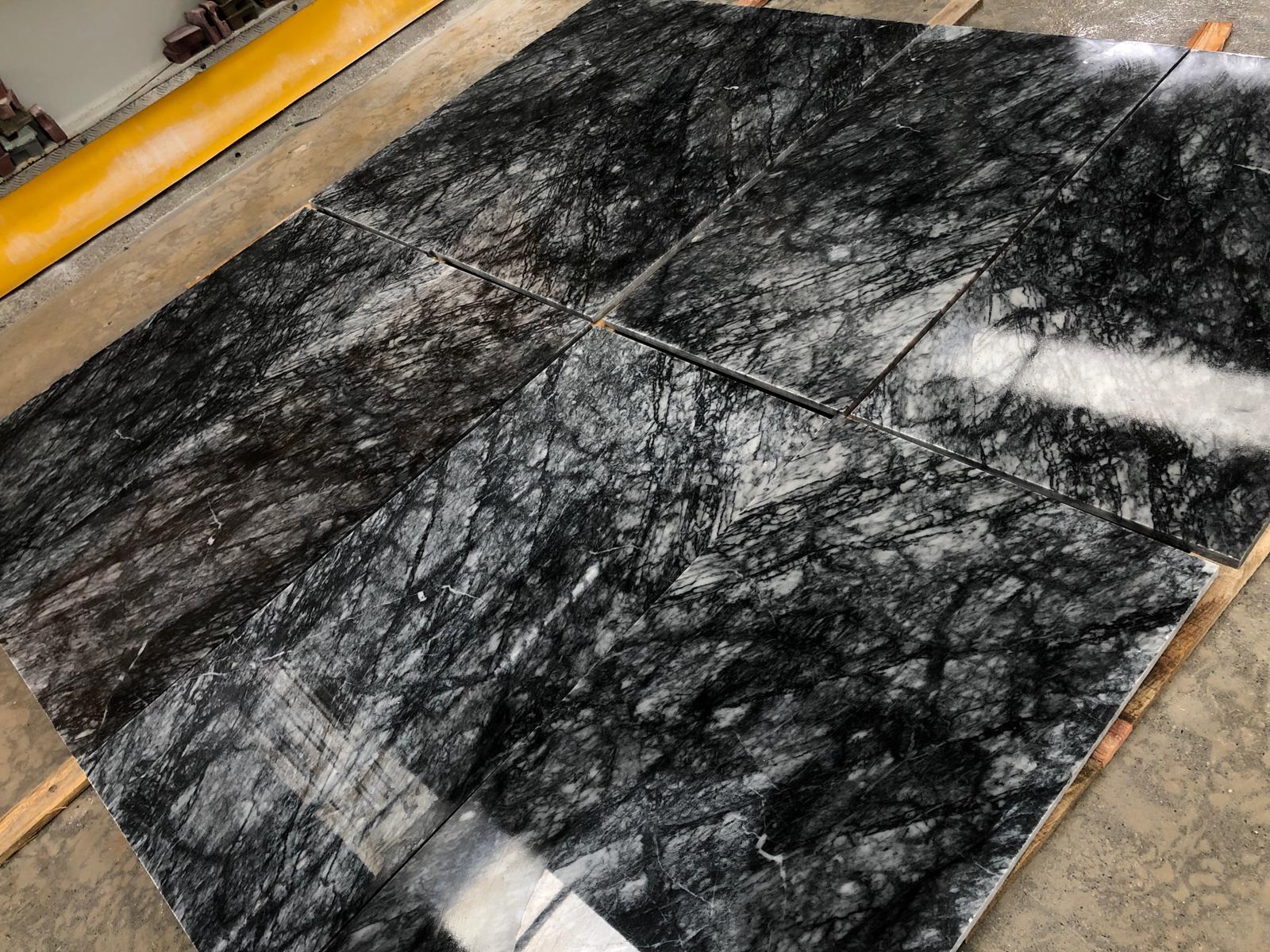
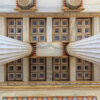

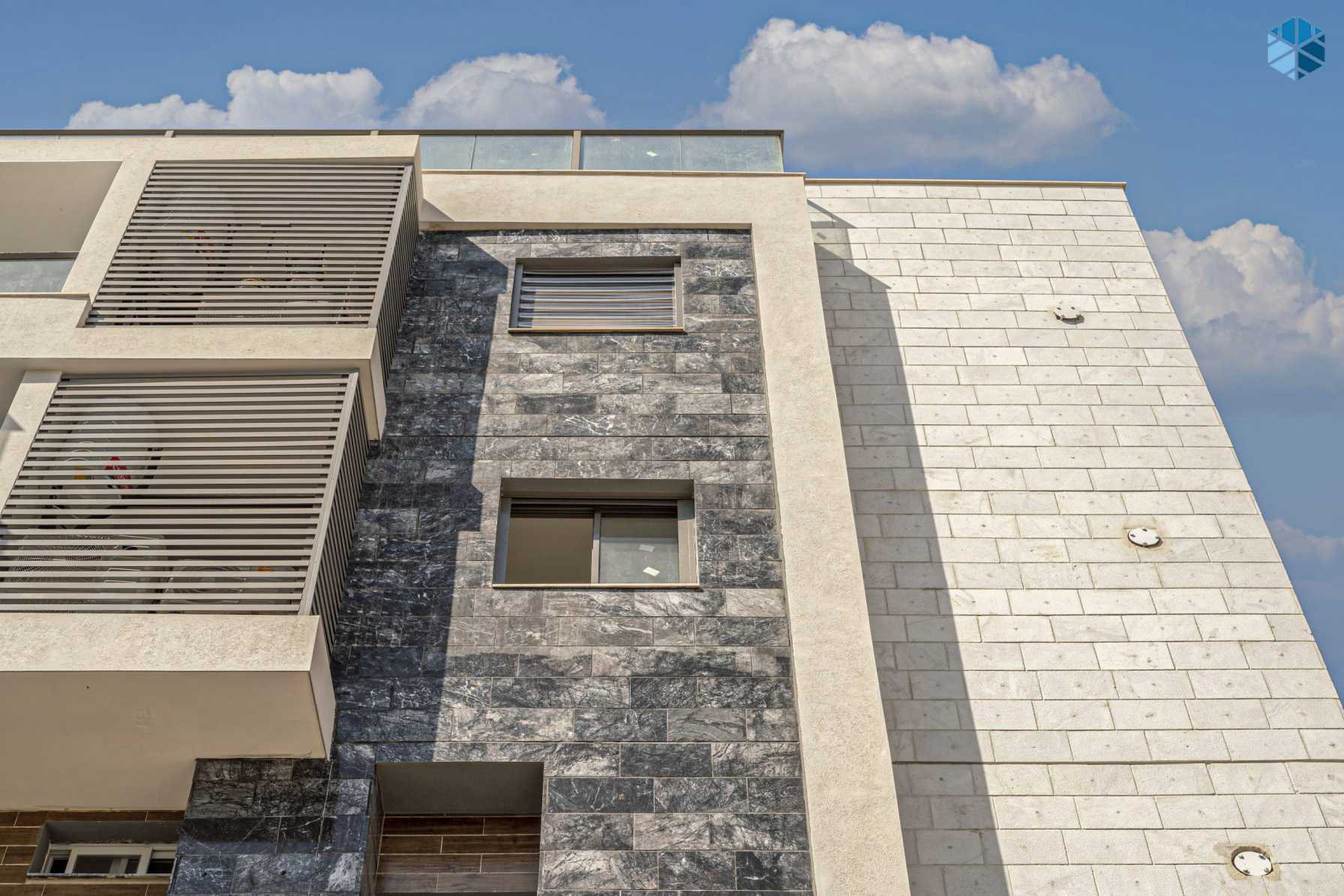
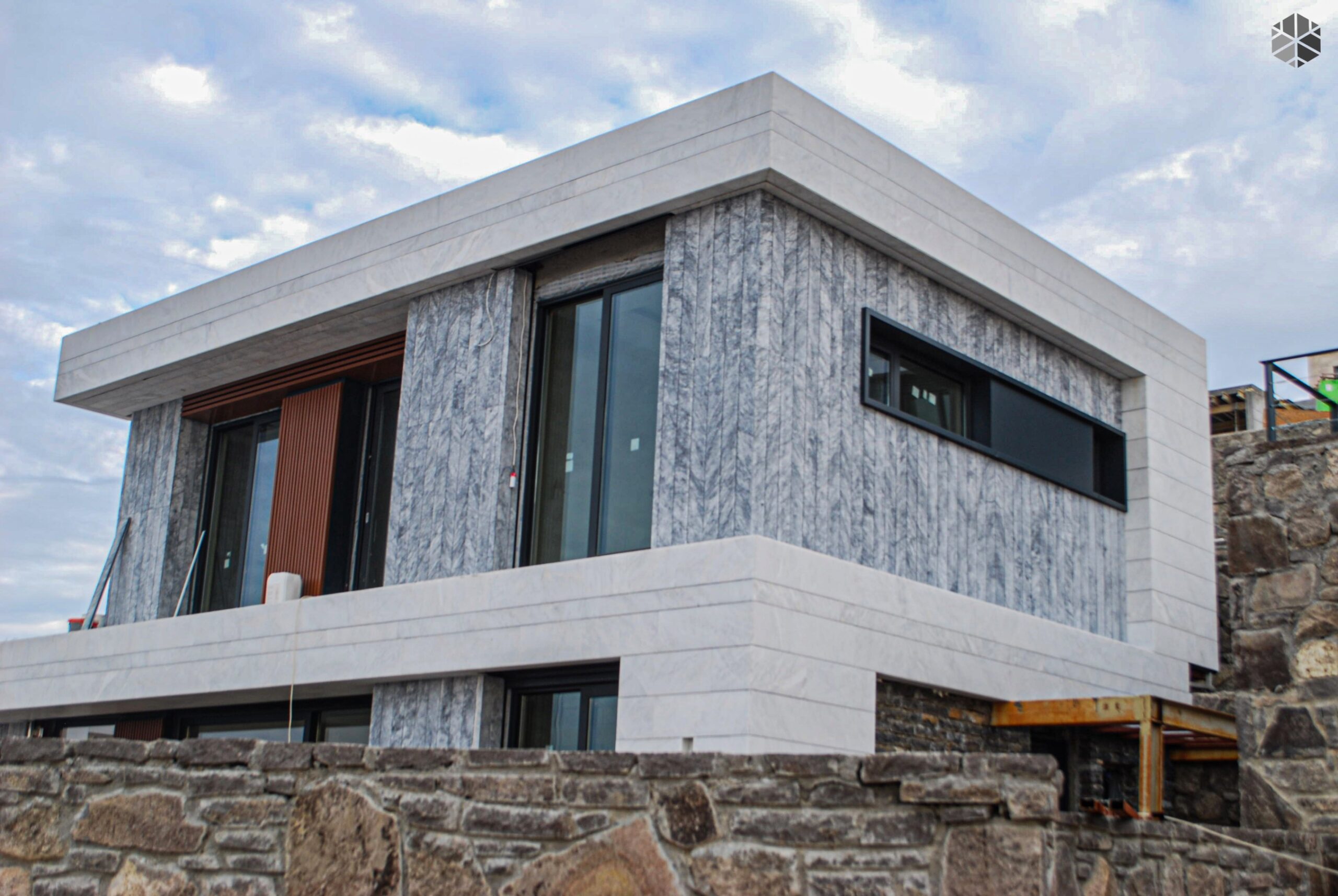

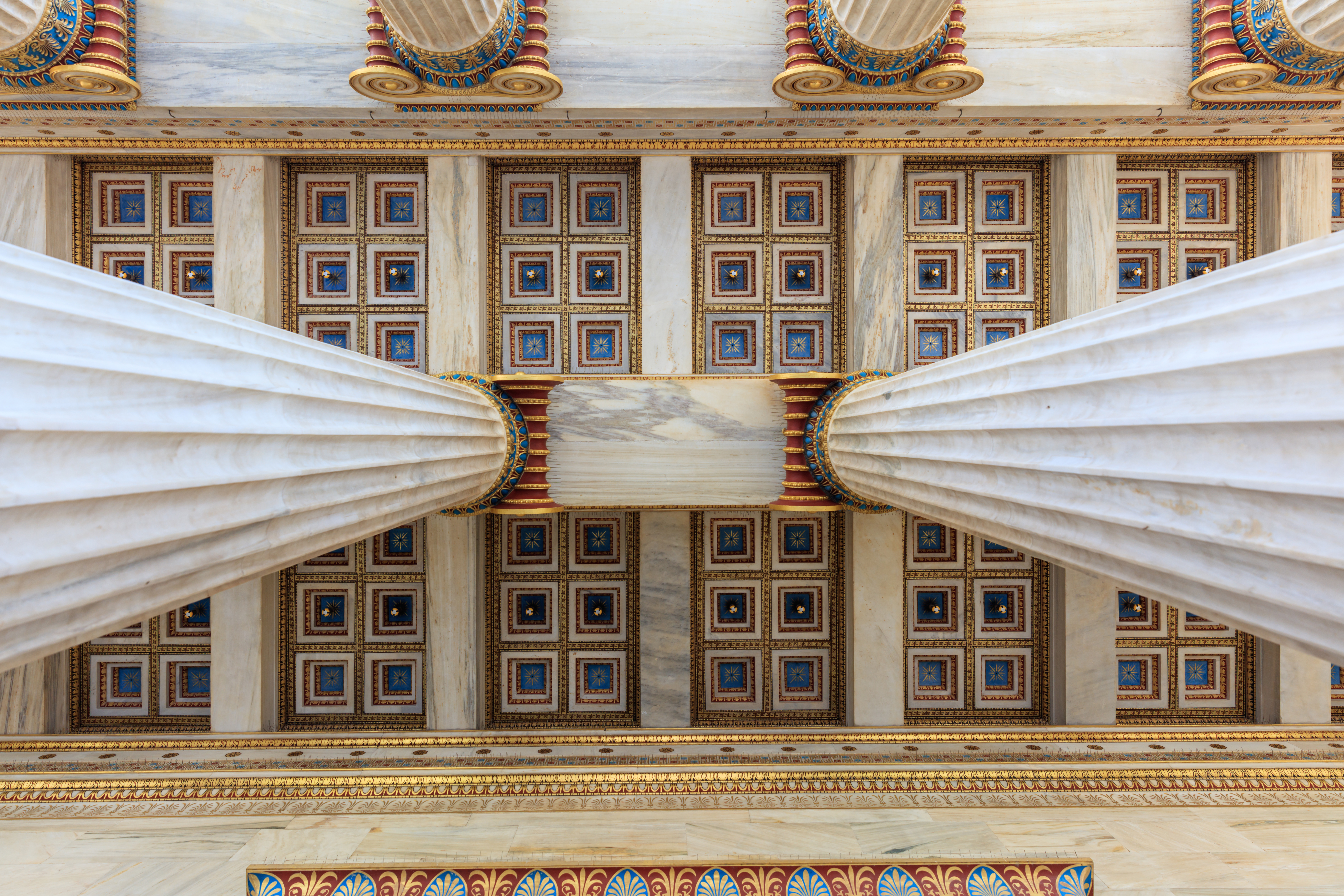
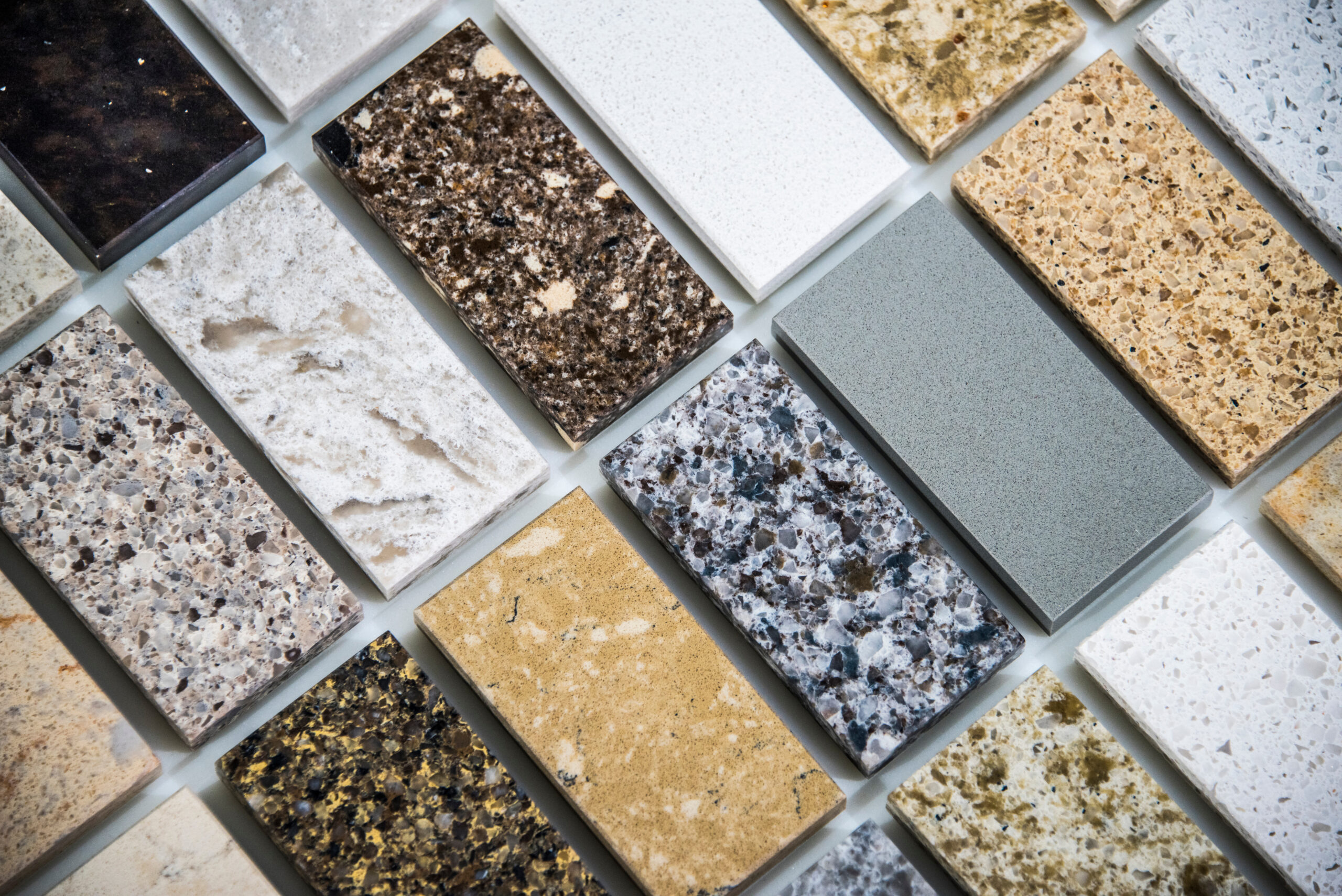
Leave a reply